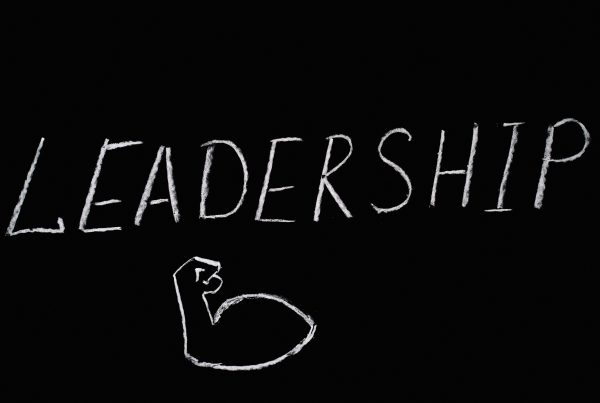|
Getting your Trinity Audio player ready...
|
PODCAST: Listen to Kareem Tawansi and Brett Raven discuss the pain caused by legacy software systems
One of the biggest blockers to Digital Transformation is having to deal with legacy systems (both manual and digital). The blockers come not only with the systems themselves but the detractors of change.
The often hidden, and sometimes not-so-hidden, costs of the friction caused by these blockers is reduced profitability or often, complete demise of a business.
As one who always looks to the future, I also keep an eye on the past. That is to say, it is completely logical that innovation and modernisation be a primary goal for most businesses but we must find a way to get there while bringing the benefits of the lessons of the past with us.
The ultimate measurement is customer satisfaction. With so much choice and so much availability of everything these days, there are no silver bullets to what makes a business successful; as Al Pacino once said in the movie “Every Given Sunday” – “life is a game of inches”. As such taking a customer-first approach over what’s easiest for the internal workings of an organisation is a business’s “true north”.
So, if maximizing the pleasantness of customer experience is a major target when transforming it makes sense to get there as quickly as possible and leave no money on the table in turns of hoops that customers must jump to get your product or service. That means the smoothest, most frictionless experience possible and the only way to do that is using best of breed, modern systems.
That begs the question, how do we do that, given all the legacy systems and associated data we currently have? The answer is separated teams of innovators who aren’t bogged down with the pain of legacy. These innovators should be following the Greenfields model of understanding the customer first then creating the associated requirements before finally building the shiny new systems.
“So what about all the legacy data?” I hear you say, well part of the innovation is creating the mechanism to bring the data along the journey – that is the transformation and importing that’s needed to get the data into the new system. This may be a system as big as the new replacement system and thus should never be underestimated.
To avoid the pain of legacy we need to distance ourselves from it initially and only once we know what the to-be system looks like do we come back and address how to bring it along the journey.[/vc_column_text][/vc_column][/vc_row]



